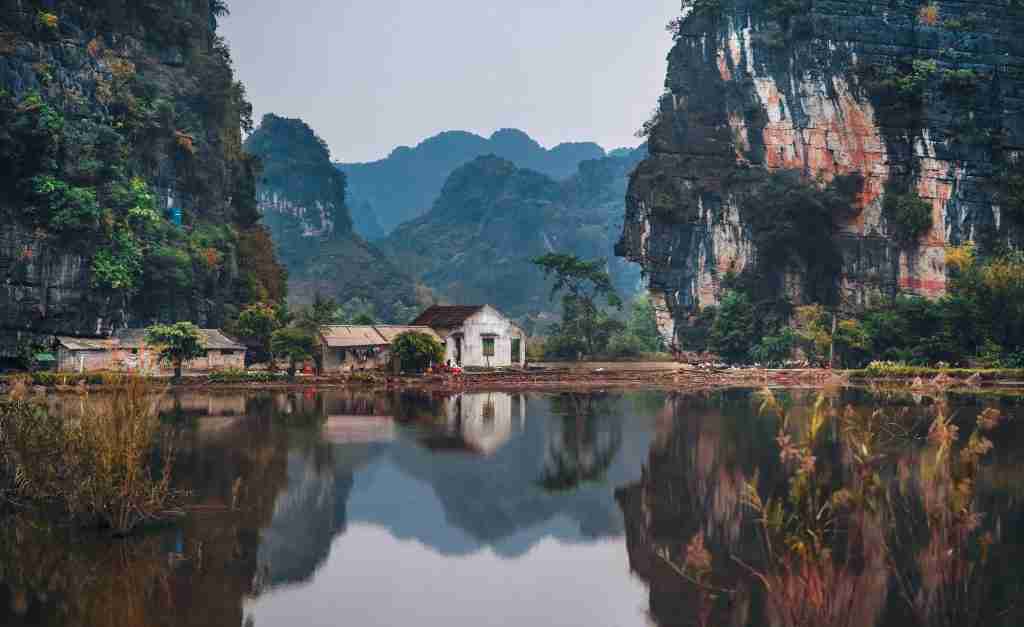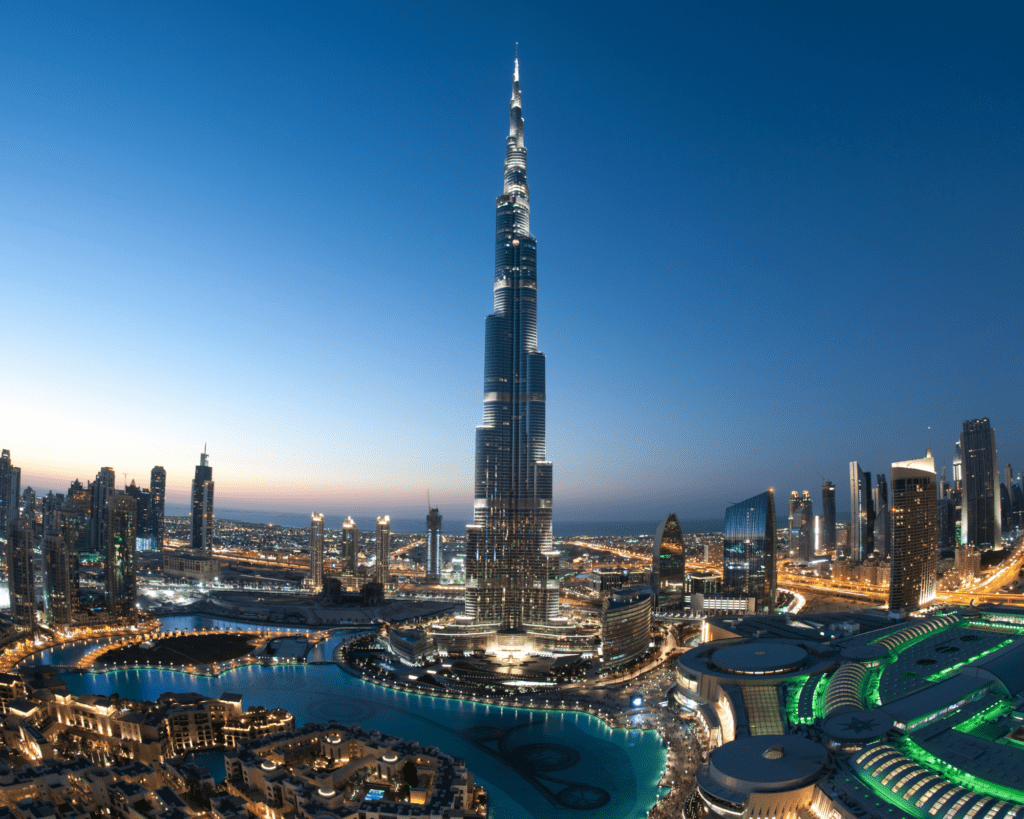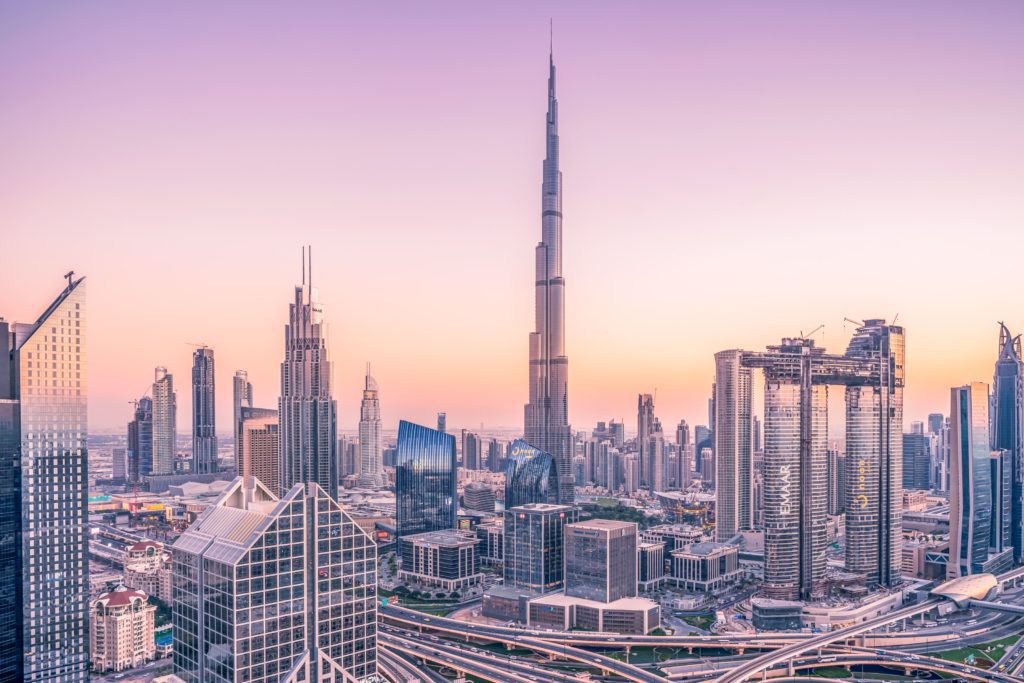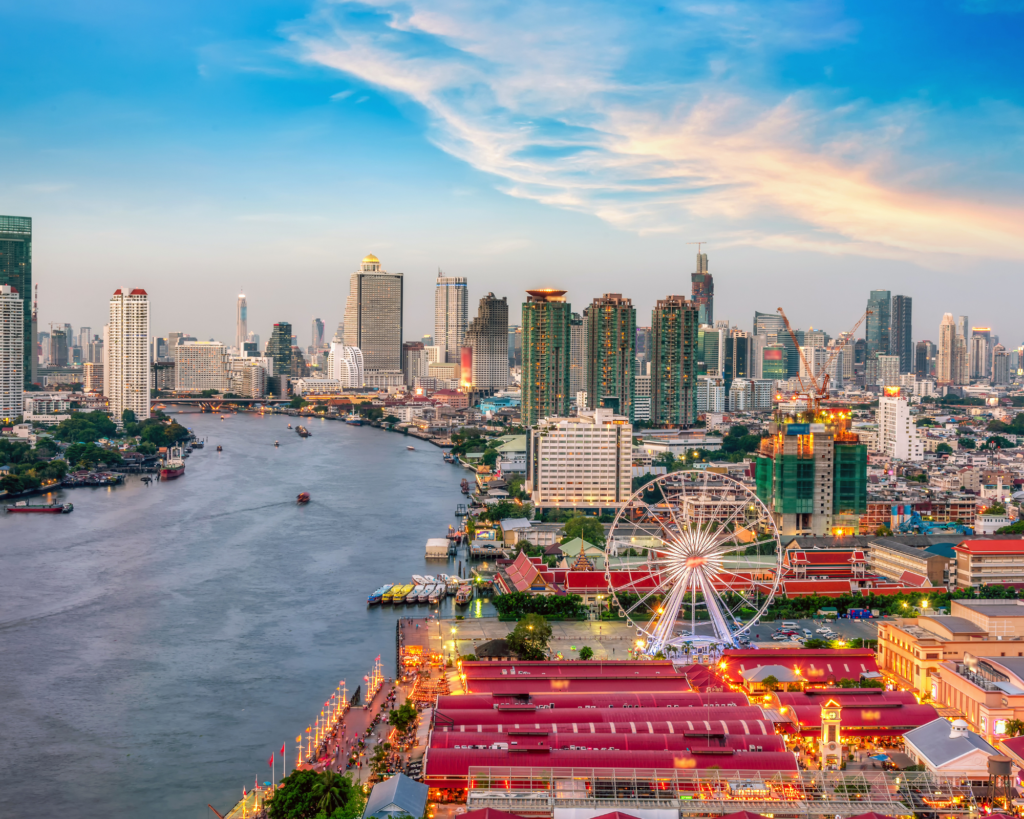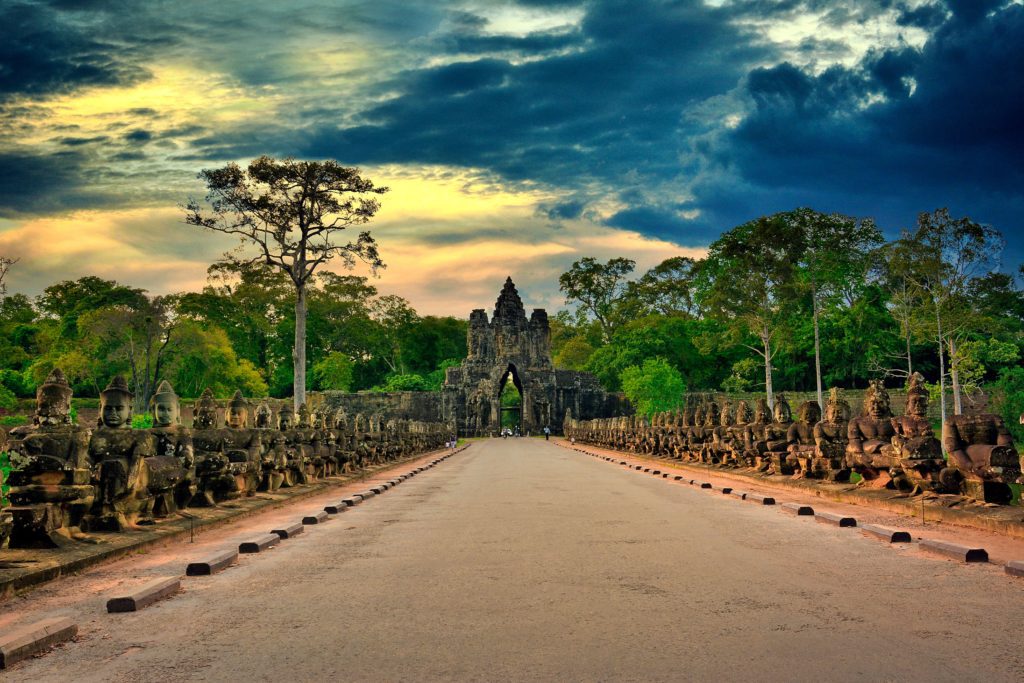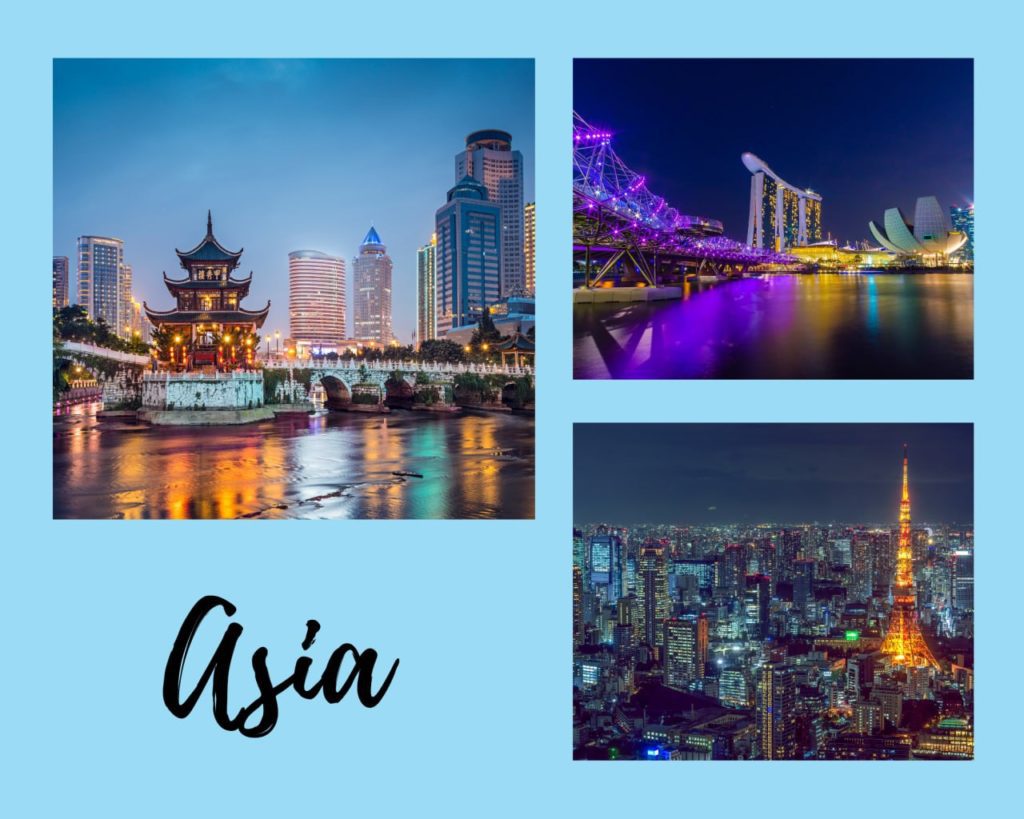
Asia Restaurants And Guides
You will be fascinated by the traditions and idyllic landscapes of Asia …. A continent that has so many beauties to offer: wonderful temples, islands with beaches and breathtaking landscapes and warm and smiling people.We present you the main attractions from every country and we help you find the best vacations and trips in Asia! You will certainly not regret choosing Asia as your next destination! We will give you the best tips about where to book Asia cruises, where you can find the most amazing Asia beaches, where you can find the best Asia restaurants and try the best Asian food, when is the best time to visit and much more!
Latest Travel News
Subscribe to our newsletter
Asia is a landmass, which is either considered a continent in its own right or a subcontinent of Eurasia. It shares the continental landmass with Afro-Eurasia with Africa. Asia covers an area of 44,579,000 square km (17,212,000 sq mi), about 30% of Earth’s total land area and 8.7% of the Earth’s total surface area. The continent, which has long been home to the majority of the human population, was the site of many of the first civilizations. Its 4.7 billion people constitutes roughly 60% of the world’s population. In general terms, Asia is bounded on the east by the Pacific Ocean, on the south by the Indian Ocean, and on the north by the Arctic Ocean.
The division of Eurasia into two continents reflects East–West cultural, linguistic, and ethnic differences, some of which vary on a spectrum rather than with a sharp dividing line. A commonly accepted division places Asia to the east of the Suez Canal separating it from Africa; and to the east of the Turkish Straits, the Ural Mountains and Ural River, and to the south of the Caucasus Mountains and the Caspian and Black Seas, separating it from Europe. China and India alternated in being the largest economies in the world from 1 to 1800 CE. China was a major economic power and attracted many to the east.
The accidental discovery of a trans-Atlantic route from Europe to America by Columbus while in search for a route to India demonstrates this deep fascination. The Silk Road became the main east–west trading route in the Asian hinterlands while the Straits of Malacca stood as a major sea route. Asia has exhibited economic dynamism (particularly East Asia) as well as robust population growth during the 20th century, but overall population growth has since fallen. Asia was the birthplace of most of the world’s mainstream religions including Hinduism, Zoroastrianism, Judaism, Jainism, Buddhism, Confucianism, Taoism, Christianity, Islam, Sikhism, as well as many other religions.
Given its size and diversity, the concept of Asia—a name dating back to classical antiquity—may actually have more to do with human geography than physical geography. Asia varies greatly across and within its regions with regard to ethnic groups, cultures, environments, economics, historical ties and government systems. It also has a mix of many different climates ranging from the equatorial south via the hot desert in the Middle East, temperate areas in the east and the continental center to vast subarctic and polar areas in Siberia. The boundary between Asia and Africa is the Red Sea, the Gulf of Suez, and the Suez Canal.

